Recently, the community discussions focus on the blockchain era 3.0 and even the era 4.0. The debate between the Vitalik Buterin and the Bytemaster, leading figures of ETH and EOS respectively, helps more people to understand how significant the underlying technology is for the blockchain development. With the rapid rise of the market value of high-quality blockchains such as EOS, investors tend to turn their attention to these new generations of public chains which are with excellent technical frameworks and strong potential.
Disclosure: This is a Sponsored Article
It is known to all that BTC and ETH represent the standards of the first and second generation of public chains, and EOS is regarded as “blockchain era 3.0”. However, even EOS is with defects in the process of applying blockchain technology to the reality. We need a more innovative and excellent architecture, namely, “blockchain era 4.0”, to really bridge the gap between blockchain and traditional business world.
What kind of public chain is capable of leading us into blockchain era 4.0? After careful selection, we identified 4 blockchain projects with innovative ideas, outstanding technology and excellent teams to conduct in-depth analysis. It is noteworthy that these potential candidates are all developed by teams from Silicon Valley, indicating that Silicon Valley’s technical atmosphere and relaxed investment environment are very ideal for carrying out high-quality blockchain projects.
1 Celer Network
Project Overview
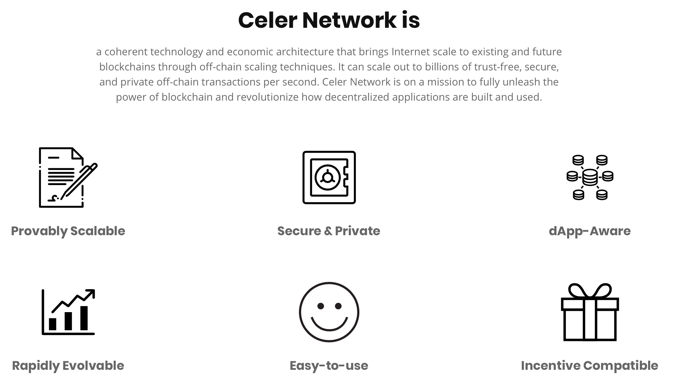
Celer Network is the first off-chain scaling network with coherent technology and economic architecture that brings Internet scale to existing and future blockchains. It can scale out to billions of trust-free, decentralized, and private off-chain transactions per second.
Technical theory
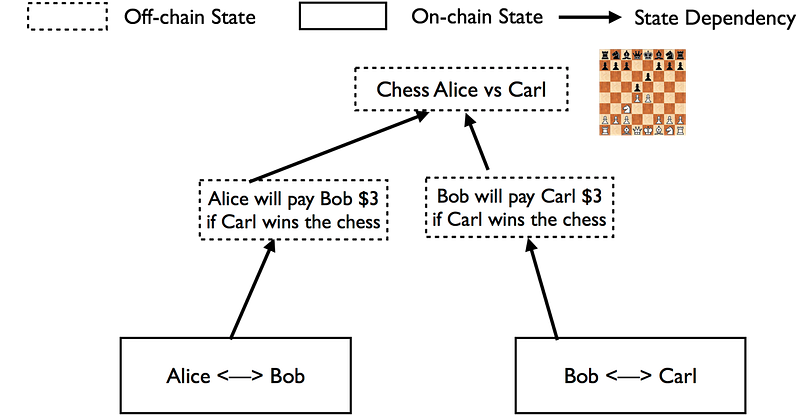
1The core concept of the Celer Network is “off-chain”, which refers to off-chain payment. Its off-chain payment channel is called cGPC, and most of the transactions are handled off-chain to achieve extremely high scalability. Besides, Celer introduced the concept of cOS, which supports various functions of Dapps through an on-chain operating system. Celer positions itself as not only payment platform but also a network with various practical applications.
Problems
Celer Network has not released its detailed technical information, so investors can hardly grasp its framework details and potential threats. The business prospect of Celer is still unclear, and it may take time to find out about it.
Team background
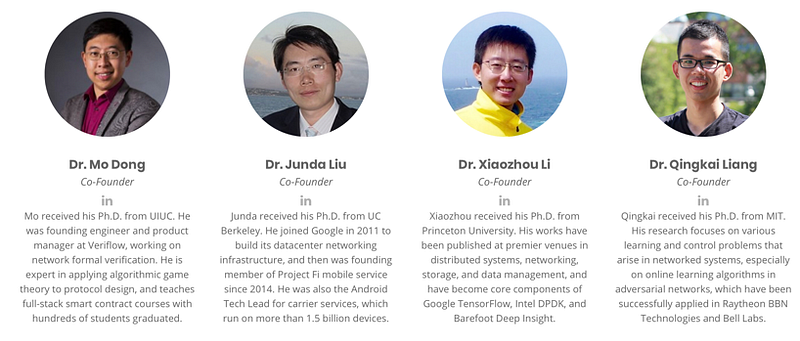
Celer Network has a good team lineup, but it is academia-oriented which lacks practical experience in commercial operations. Therefore, the project is strong in technical innovations but weak in in-depth insight into business models.
Celer Network is a good example of public chain with upgraded scalability. From this project, we can conclude that high scalability (100,000 to million TPS level) is the first target of blockchains trying to integrate themselves into real business activities, which is also the basic requirement of investors for the next generation of public chains. In order to achieve this goal, it is a good choice to introduce off-chain payment technology.
2 QuarkChain

Project Overview
QuarkChain is a heated project recently, and its million-tps throughput is the most eye-catching feature. It aims to increase horizontal scalability and to achieve ultra-high tps performance with new consensus algorithms, two-layered blockchain structure and fragmentation design.
Technical theory
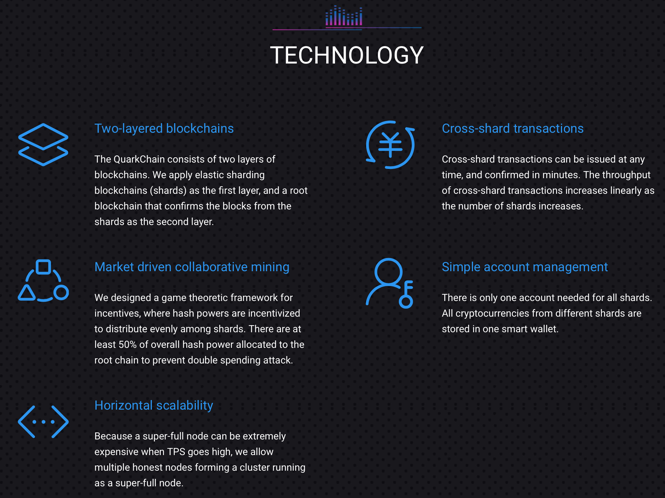
QuarkChain can be regarded as the combination of many blockchains similar to BTC. There is a main chain which is responsible for the transaction data storage. There are countless small chains under the main chain. Each of these small chains is responsible for a part of transaction requirements. In this way, huge transaction flow is broken down into a large number of small portions, and the entire platform can reach an ultra-high throughput level.
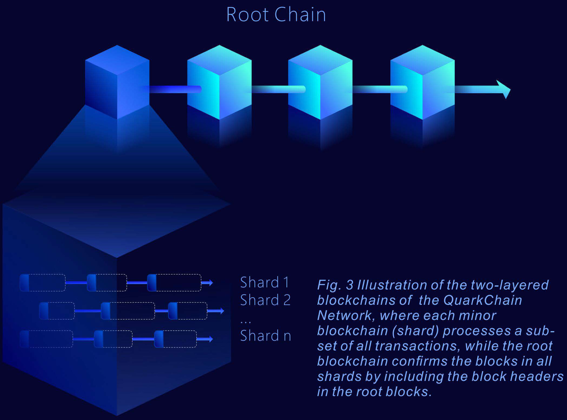
As shown in the picture, the main chain is divided into a large number of nodes, and each node has access to the secondary chain. The secondary chain can be further broken down, and the transaction requirements are distributed into different shards, achieving high scalability in this way. The essence of the Quark’s core idea is similar to the off-chain transaction. However, there is an exception. When the small secondary chains are operating the off-chains, the operation is similar to a multi-layer combination of the BTC and the ETH.
Problems
From the overall researches, we know that the QuarkChain’s concept is feasible, and its idea is practical. However, this kind of design is oriented towards payment. It is difficult to integrate QuarkChain into other forms of business activities.

Like BTC, QuarkChain is also resource-wasting. The calculation process consumes a lot of power, which is intolerable to many contemporary enterprises. According to its white paper, the computing power spent on preventing double spending accounts for more than half of the computing power of the entire chain, which is similar to traditional chains such as BTC and ETH.
Team profile

QuarkChain has a good team lineup, with rich academic and business experienced talents, which is relatively more trustable and favorable for investors.
QuarkChain is extremely popular now. Many investors believe that the QuarkChain has the potential to be a currency that reach a hundredfold market value. After the investment frenzy in the past few years, investors value the technical advantages and practical potential of new projects more, and such ideological transformation can be seen from the popularity of QuarkChain.
In conclusion, new public chains are necessarily to introduce off-chain transaction in different forms if we want to achieve higher scalability. The focus of this process is to find solutions to avoid trade-offs in off-chain transactions and to minimize the corresponding costs and risks.
3 ALZA
Perhaps AlZA is rarely known by people, but we think it is probably the most noteworthy next-generation public-chain project.
Project Overview
ALZA is a next-generation public chain developed by an ambitious team from Silicon Valley. ALZA manages to achieve ultra-high scalability based on DPOS mechanism and off-chain payment technology. It also introduces the innovative RaFi technology to maintain a perfect balance among the three major elements of blockchain: scalability, decentralization, and security.
Technical theory
EOS is popular, and it is also a typical example of blockchain with DPOS mechanism. One of the advantages of DPOS is that the computing power of the mine pool is used to support various functions of Dapp instead of wasting in the decryption. This is the reason why EOS draws attention and gets support based on such design.
However, DPOS weakens the decentralized feature of blockchains, which is the biggest drawback of EOS and also the focus of Vitalik Buterin’s criticism towards EOS. ALZA also adopted DPOS mechanism, but it introduced the highly innovative RaFi to maintain its decentralized feature. Through RaFi, ALZA’s transaction data and Dapp application data are distributed to millions of users, while super nodes and mine pools are only responsible for computing resources allocation. Given that the value of data, especially that of private data, far outweighs the value of computing resources, ALZA’s structure is in essence completely decentralized.
At the same time, ALZA also adopted the off-chain payment to achieve high enough scalability to meet the requirements of real-world applications. ALZA’s self-organized payment field can reach million-tps throughput, and more importantly, its transaction delays can be controlled within milliseconds. The average transaction cost is negligible, which is competitive against popular offline mobile payment applications.
All private transaction data is only stored in the off-chain payment fields and is not shared on-chain. In combination with the decentralized storage solution based on RaFi, ALZA has achieved a top security level.
ALZA is expected to become the most promising representative of the next-generation blockchain that is widely accepted by the real world of business after reaching a perfect balance among scalability, decentralization, and security. Sectors like payments, social networking, and internet of things are able to reduce operating costs and increase efficiency and security by integrating with ALZA.
Therefore, ALZA is very likely to become the leader of public chain era 4.0.
Problems
ALZA needs to provide a demo as soon as possible so that more investors can realize its potential.
Team profile
Core team members of ALZA have been actively engaged in core technology projects from top companies such as Google and Intuit Building. They are all highly professional and with rich practical experience. Ever since ALZA released its white paper, it was immediately accredited by the professionals from Cornell University and was published as paper about the underlying technology. ALZA team members have profound insight into blockchain technology and are full of passion and confidence about blockchain technology.
As mentioned earlier, investors are mostly concerned with the scalability, practical application capabilities, technological and conceptual innovations of the next-generation public chains. ALZA is exactly a perfect combination of those characteristics. ALZA has addressed the key issues that the highly acclaimed projects such as EOS and QuarkChain have not fixed, which makes ALZA even more promising. We highly recommend the investors to pay close attention to ALZA and seize this rare opportunity of initial investment.
4 Hashgraph
Project Overview

Hashgraph offers another innovative solution to digital currency and draws many attentions. In essence, Hashgraph replaces the concept of blockchain with that of DAG, its feature of distributed ledgers and consistency offers an alternative to blockchain.
Technical theory
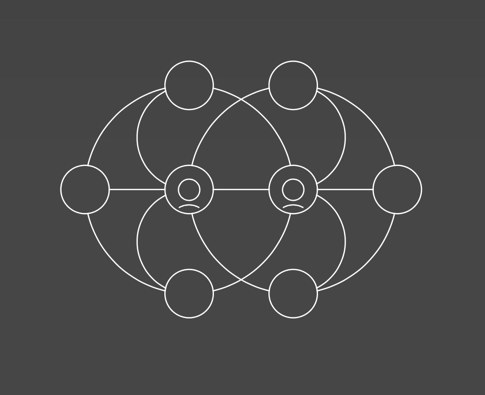
Directed Acyclic Graph (DAG) is the core of Hashgraph. Based on the consensus mechanism of asynchronous Byzantine Fault Tolerance (aBFT), the concepts of mining, block, and transaction fees are abandoned. As a result, Hashgraph can achieve extremely high scalability and with almost negligible transaction costs.
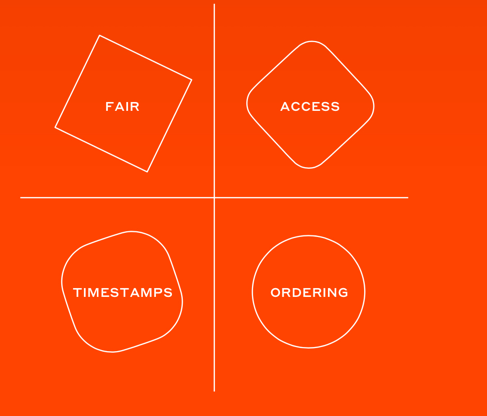
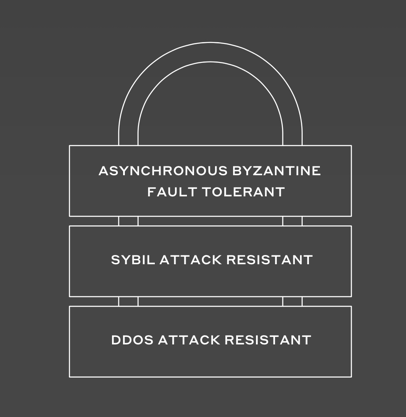
Hashgraph can also improve the network security level and achieve equal access (highly decentralized). Hashgraph positions itself as the infrastructure of the next-generation Internet, instead of just a blockchain payment platform.
At present, Dag is still very innovative in the field of digital currency. Dag can be regarded as a decentralized solution in parallel with blockchain, and a brand-new model to achieve many goals of blockchain technology. Hashgraph itself is also gradually developing. As technology advances, Hashgraph is expected to become a very competitive alternative to digital currency.
Problems
Hashgraph’s technology and ideas are too new to be verified in real-life applications. It may also take some time to find out about its level of safety and stability. In fact, the problem of Hashgraph mainly lies in the prospect of Dag. Hashgraph actually has a promising future once Dag’s prospect is approved.
Team profile
Members of Hashgraph actually come from team of Swirlds, with top-class technical strength. However, it is unclear whether the team has experience in the business field or not.
Hashgraph has not revealed much technical details and the specific information of team members yet. Hashgraph is still in its very early stage.
Conclusion
We can see that the breakthrough of new blockchain technologies lies in TPS throughput after comparing several heated innovative blockchain projects. All projects try to achieve a throughput of 100,000 to million tps to prove their technical strength.
However, in the long run, public chain era 4.0 is not capable of meeting the diversified demands of real-world business applications based on high throughput alone. Unlike the other public chains that only focus on the transaction payment sector, ALZA actually has a longer-term perspective. It takes into consideration the feasibility of different business models and blockchain integration across all industries.
Public chain projects with technological innovations are the projects that have strong potential of well-development in the future after taking into account the current investment environment with many low-quality products and economic bubbles. However, we believe that ALZA is the most promising project which is capable of bridging the gap between blockchain and real world, and further lead us into public chain era 4.0. Once ALZA proves its strength to the world, it will soon become the most eye-attracting rising star in the field of blockchain.



